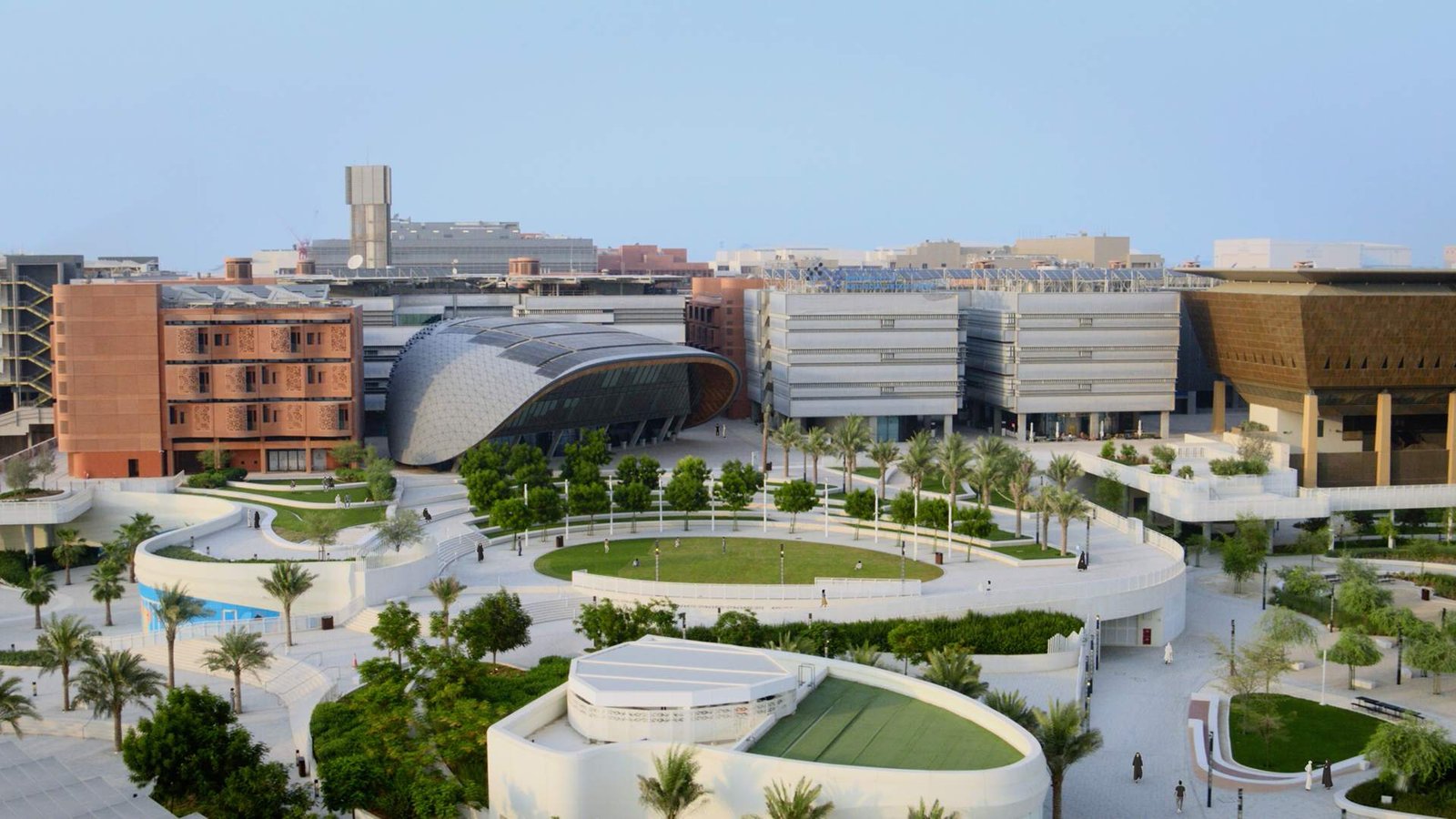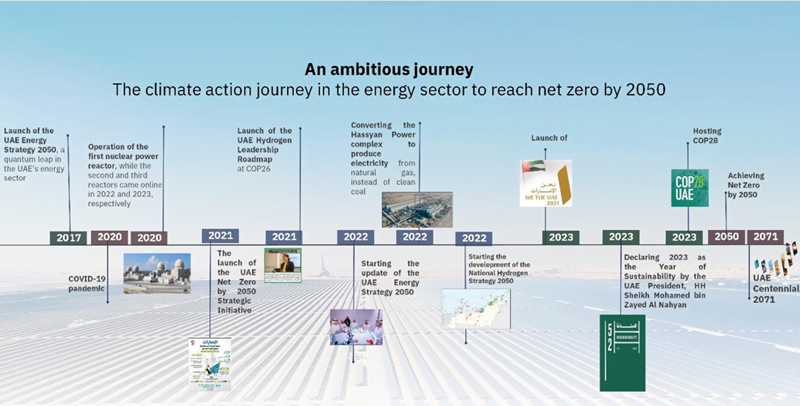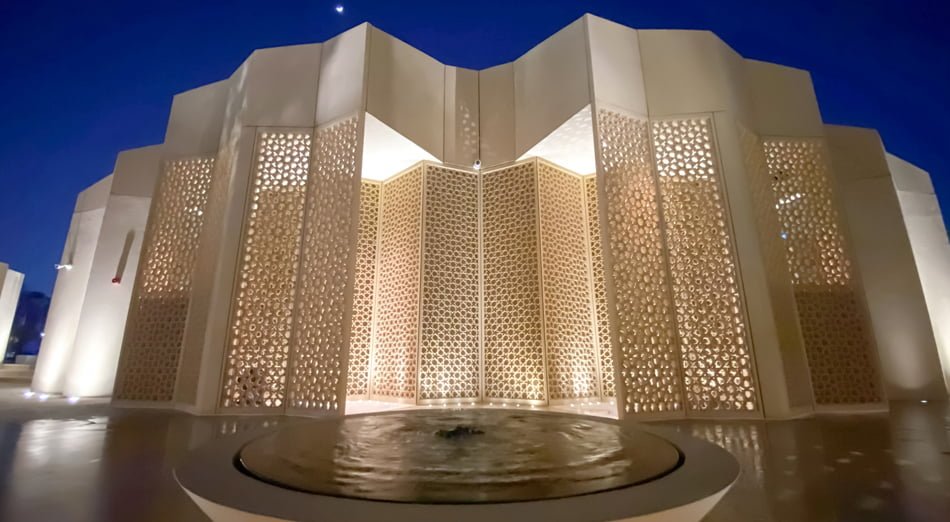Exploring Abu Dhabi’s Vision for Sustainable Urban Development
Abu Dhabi, the capital of the United Arab Emirates, is embarking on an ambitious journey toward sustainable urban development. This vision for highly sustainable urban development Abu Dhabi is not only an exhibit of the city’s commitment to environmental stewardship, but also a strategic move to improve the quality of life for its citizens. The comprehensive plan integrates key projects, forward-thinking government policies, and cutting-edge technology to achieve its sustainability goals.
Key Projects Driving Sustainability
Abu Dhabi’s sustainable urban development is marked by several high-profile projects designed to set new standards in eco-friendly construction and urban planning. One of the flagship initiatives is Masdar City, a pioneering development aimed at creating one of the world’s most sustainable urban communities. Masdar City incorporates energy-efficient buildings, renewable energy sources, and innovative waste management systems, reflecting a holistic approach to sustainability. For example, Masdar has targeted 50% of the materials used on site to be either reused or recycled, with 33% of non-recycled waste being converted to energy. Additionally, plans include systems for 17% of all organic materials to be composted or converted into bio-fuels.

Government Policies Fueling the Vision
Abu Dhabi’s government has laid down robust policies to support its vision for sustainable urban development. The Abu Dhabi Economic Vision 2030 outlines a long-term strategy to diversify the economy and reduce dependence on oil revenues, placing a strong emphasis on sustainable growth. Within this framework, urban planning and environmental sustainability are prioritized, ensuring that development projects align with eco-friendly practices.
The Abu Dhabi Climate Change Strategy further underscores the city’s commitment to sustainability. This policy includes measures to reduce greenhouse gas emissions, improve energy efficiency, and increase the use of renewable energy sources. By setting clear targets and providing a supportive regulatory environment, the government is driving the transition toward a greener urban landscape.
Guidelines and Standards: Estidama and Abu Dhabi Urban Street Design Manual
Estidama, which means ‘sustainability’ in Arabic, is a green building rating system developed by the Abu Dhabi Urban Planning Council (UPC). Launched in April 2010, Estidama includes the Pearl Rating System (PRS) for rating the sustainability performance of communities, buildings, and villas throughout their lifecycle—from design through construction to operation. The Pearl Rating System is a key element of the larger Plan Abu Dhabi 2030, Plan Al Ain 2030, and Plan Al Dhafra 2030 initiatives.
The PRS categories cover various sustainability aspects, including water conservation, energy efficiency, and material stewardship. It requires all new projects to achieve a minimum of 1 Pearl rating to receive approval from the Abu Dhabi Department of Urban Planning and Municipalities (DPM). For government-funded buildings, a minimum 2 Pearl rating is required. Masdar City, for instance, mandates that every building in its area achieves at least a 3 Pearl rating, comparable to the LEED Gold standard.
Currently, there are nearly 5,000 Pearl Construction Rated Villas and over 260 Pearl Construction Rated Buildings in Abu Dhabi, highlighting the significant penetration of Estidama in the Emirate’s construction market. This initiative ensures that buildings are designed, built, and operated to achieve high standards of sustainability, tailored to the unique environmental conditions of Abu Dhabi.
Complementing Estidama is the Abu Dhabi Urban Street Design Manual, which provides comprehensive guidelines for creating pedestrian-friendly streetscapes, enhancing public transport, and promoting non-motorized modes of transport. These guidelines aim to reduce carbon emissions and encourage a healthier lifestyle among residents.
The Role of Technology in Achieving Sustainability Goals
Technology plays a pivotal role in Abu Dhabi’s plans for sustainable urban development. Smart city technologies are being integrated to enhance the efficiency of urban services and infrastructure. For instance, intelligent transportation systems are being deployed to optimize traffic flow, reduce congestion, and lower emissions. These systems use real-time data and predictive analytics to manage transportation networks more effectively.
Additionally, the use of green building technologies is being promoted to minimize the environmental impact of construction activities. Buildings are being designed with advanced energy management systems, sustainable materials, and innovative water conservation techniques. These technologies not only reduce the ecological footprint but also provide long-term cost savings.
The adoption of Internet of Things (IoT) devices and sensors is another significant step toward creating a sustainable urban environment. These devices monitor energy consumption, water usage, and waste management, providing valuable insights that help in making data-driven decisions to enhance sustainability.
Integration with the UAE Energy Strategy 2050
The UAE Energy Strategy 2050, launched in 2017 and recently updated, aims to balance supply and demand with environmental obligations. It sets ambitious goals, including tripling the contribution of renewable energy and investing between AED 150 to AED 200 billion by 2030. The strategy also outlines measures to reduce emissions from the water and energy sectors and enhance energy efficiency by 42-45% compared to 2019.

Conclusion
Abu Dhabi’s vision for sustainable urban development is a multifaceted approach that integrates key projects, progressive government policies, and cutting-edge technology. The commitment to creating a sustainable urban environment is evident in the city’s ongoing and planned initiatives, such as Masdar City and the guidelines set by Estidama and the Abu Dhabi Urban Street Design Manual. Government policies, including the Abu Dhabi Economic Vision 2030 and the Climate Change Strategy, provide a strong foundation for sustainable growth. Moreover, the role of technology in achieving these goals cannot be overstated, with smart city solutions and green building technologies leading the way.
As Abu Dhabi continues to advance its sustainable urban development agenda, it sets a remarkable example for other cities worldwide. The journey toward sustainable urban development Abu Dhabi is challenging, but the city’s proactive approach and innovative solutions demonstrate that it is possible to balance development with environmental stewardship effectively.

